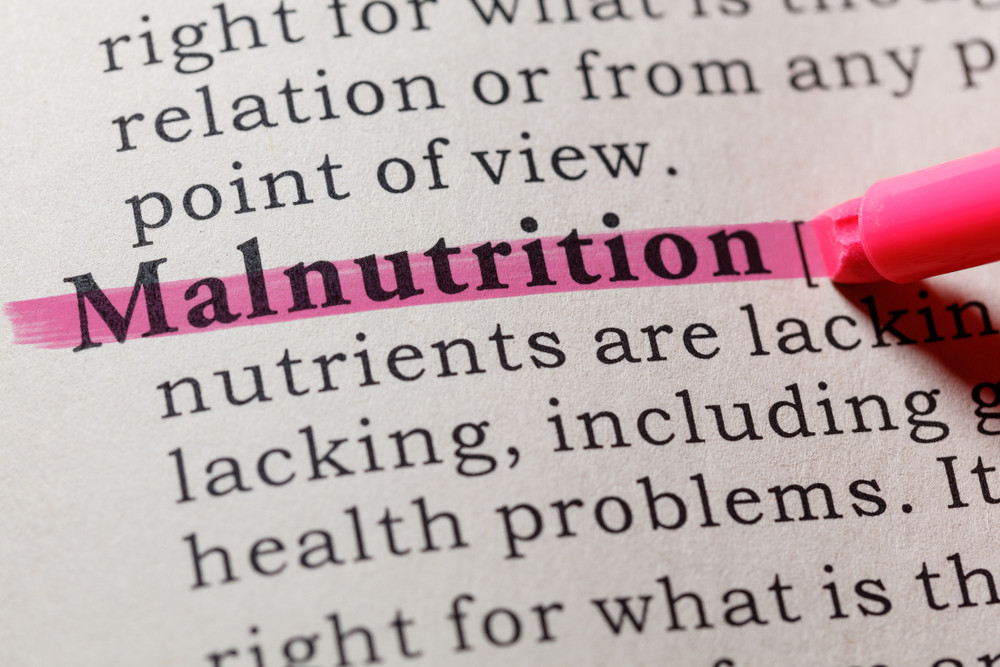Popular Reads
Top Results
Can't find what you're looking for?
View all search resultsPopular Reads
Top Results
Can't find what you're looking for?
View all search resultsHolistic strategy ‘crucial’ to ease malnutrition: FAO
A comprehensive report on food security and nutrition highlights a need for Indonesia to implement a three-pronged policy that promotes dietary diversity, food affordability and food sustainability to tackle the "triple burden of malnutrition".
Change text size
Gift Premium Articles
to Anyone
A
systemic overhaul of the present malnutrition eradication efforts in Southeast Asian nations is long overdue, particularly given that the economic impact of the COVID-19 pandemic has worsened food security in the region and complicated efforts to achieve the Sustainable Development Goal 2 of “zero hunger” by 2030.
This is the key concern expressed in the latest report on food security from the Food and Agriculture Organization (FAO) published on Jan. 20, 2021, Asia and the Pacific Regional Overview of Food Security and Nutrition 2020. The report emphasizes the importance of taking a holistic approach centered around maternal and child diets to eradicating malnutrition and related health issues, such as stunting and wasting among children.
The report says that Southeast Asia recorded the second highest prevalence of undernourishment (PoU) between 2017 and 2019 with an average of 9.8 percent, following South Asia with an average of 14 percent.
In the same period, Indonesia maintained a PoU of 8 percent, below the regional average. It also lagged behind neighbors Malaysia and Vietnam, which respectively recorded the lowest PoUs of below 5 percent and just above 5 percent.
Indonesia’s closest neighbor Timor Leste, meanwhile, recorded the highest prevalence of undernourishment in Southeast Asia that exceeded the 40-percent mark.
Although the report acknowledges Indonesia’s recent progress in poverty reduction, it says that concerns remained over the prevalence of undernourishment in the country and how the wide-ranging impacts of the coronavirus pandemic could further exacerbate it in the absence of a proper, integrated response.
“[Indonesia] still faces a triple burden of malnutrition: more than one-third of all children under five years of age are stunted, a quarter of all adults are overweight or obese; and micronutrient deficiencies are widespread,” it says.
Read also: More Indonesian children may become malnourished amid pandemic, UNICEF warns
Given that Indonesian diets rely heavily on “cereals and starchy roots” as staple foods, especially rice, the FAO emphasizes the importance of more diversified diets to “prevent undernutrition and its consequences for human capital development”, as well as to prevent noncommunicable diseases.
“Policies to improve access to and affordability of more diversified, healthy diets that meet nutrient needs […] would need to focus on reducing the cost of nutritious foods, adding nutritional value and promoting the use of sustainable agricultural practices,” the report notes.
Emorn Udomkesmalee, a senior researcher at Mahidol University’s Institute of Nutrition in Thailand, said during Wednesday’s launch that the lack of proper care and support for mothers and their children, particularly with regard to appropriate child feeding practices, was one factor that contributed to the intergenerational cycle of malnutrition.
The predominant political and cultural settings in Southeast Asia, tended to disempower women, often downplayed the role of mothers in the development of future generations, thereby limiting access to healthy maternal and child diets, she said.
“Social protection, education, women’s empowerment, agriculture, health and sanitation all go [toward] ending malnutrition,” said Udomkesmalee, while noting that Indonesia, along with Guatemala and Peru, had made strides in the necessary data integration systems to improve the population’s dietary habits.
Read also: Collaborative efforts key in reducing stunting: Observers
Responding last year to the FAO’s forecast that the COVID-19 pandemic could lead to a food crisis, the Indonesian government commenced the development of “food estates” for cultivating crops in Central Kalimantan and North Sumatra.
President Joko Widodo assigned Defense Minister Prabowo Subianto to head the national food estate program, saying that food resilience fell within the domain of national security.
The United Nations International Children’s Fund (UNICEF) warned in July 2020 that job losses, an overloaded healthcare system and limited access to food supplies as a result of the ongoing health crisis could exacerbate the already poor living conditions of children who were most susceptible to stunting and wasting.
In a June 30, 2020 press release, UNICEF said that more than 2 million Indonesian children suffered from wasting, and more than 7 million children under 5 years of age were stunted.
Statistics Indonesia's 2015 Intercensal Survey (SUPAS) estimated that the country had 79.47 million children aged 17 years or below, or roughly 30.1 percent of the national population of 266 million in 2019.










